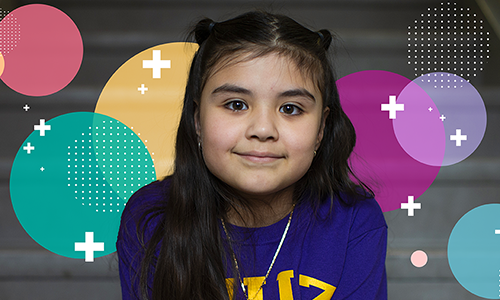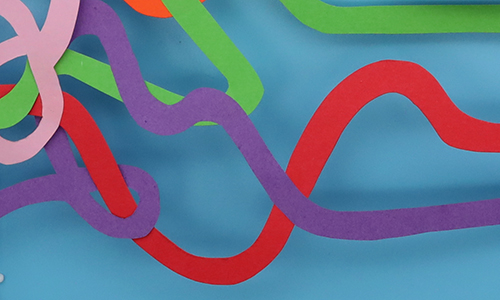Assessment can help teachers see where kids are in their learning. Read about using assessment data effectively, including MAP Growth data.

Website
Reading differentiation made easy
MAP® Reading Fluency™ now includes Coach, a virtual tutor designed to help students strengthen reading skills in as little as 30 minutes a week.

Guide
Assessing literacy with the MAP Suite for Early Learning
MAP® Growth™ and MAP® Reading Fluency™ with Coach work together to provide a holistic measure of where early learners are in their reading journey.

Guide
How to improve alignment on reading instruction
If district leaders and teachers aren’t aligned on how reading should be taught and assessed, they may wind up making contradictory decisions or decisions with unanticipated—and possibly negative—consequences. But alignment is possible.